Understanding Low-Speed, High-Torque Orbital Motors: Applications and Benefits
What are Low-Speed, High-Torque Orbital Motors?
Low-Speed, High-Torque (LSHT) Orbital Motors are specialized hydraulic motors designed to deliver high torque output at low rotational speeds. These motors are commonly used in applications where significant power is needed to drive heavy loads without exceeding high speeds.
How do LSHT orbital motors work?
Hydraulic Pressure: LSHT orbital motors are powered by hydraulic fluid, which is pumped into the motor under high pressure. This hydraulic fluid creates force that drives the motor's internal components.
Orbital Gear Arrangement: The motor features an orbital gear design, which is a key factor in its ability to produce high torque at low speeds. The design typically includes:
- Eccentric Cam: A rotating eccentric cam is off-centre and attached to a hydraulic drive shaft. As the hydraulic fluid enters the motor, it acts on the cam.
- Orbiting Gears: The eccentric cam drives a set of orbiting gears (also called planet gears) around it. These gears are positioned within a fixed outer housing and are connected to an output shaft.
Torque Generation: When the hydraulic fluid enters the motor, it fills the spaces between the gears and pushes them, causing them to rotate around the cam. The motion of the orbiting gears generates torque, which is transferred to the output shaft.
Low-Speed Operation: The design allows for high torque production even at low speeds because of the leverage created by the arrangement of the gears. The output shaft turns slowly, while the hydraulic pressure provides the necessary force to perform work.
What are the main benefits of using LSHT orbital motors?
High Torque Output: LSHT orbital motors are designed to deliver significant torque at low speeds, making them ideal for heavy-duty applications that require high force, such as lifting and moving heavy loads.
Compact Size: These motors are typically smaller and lighter than other types of hydraulic motors with similar torque outputs, allowing for more efficient use of space in machinery and equipment.
Durability: Built to withstand harsh environments, LSHT orbital motors are often more robust than other motor types, enhancing their longevity and reducing the need for frequent maintenance.
Smooth Operation: Their design allows for smooth and consistent operation, which is essential in applications that require precision and control.
High Flow Capability: LSHT orbital motors can handle higher flow rates, enabling faster operation in certain applications without sacrificing performance.
Bi-directional Functionality: LSHT orbital motors can operate in both directions, providing flexibility for various applications and enhancing their usability in different systems.
How do LSHT orbital motors differ from other hydraulic motors?
Low-Speed, High-Torque (LSHT) orbital motors differ from other hydraulic motors in several key aspects, including their design, performance characteristics, and typical applications. Here’s a breakdown of these differences:
Design and Construction:
- Orbital Design: LSHT motors use a unique orbital gear design, where the gears move in an elliptical path, allowing for a compact design that maximizes torque output relative to size.
- Construction Material: They are often constructed from robust materials to withstand harsh operating conditions, which is essential for applications in agriculture, mining, and construction.
Speed and Torque Characteristics:
- LSHT Orbital Motors: Designed to provide high torque at low speeds, making them ideal for applications requiring substantial force without rapid movement. They typically operate efficiently at speeds below 100 RPM.
- Other Hydraulic Motors: Other types of hydraulic motors, such as gear motors or vane motors, may offer higher speeds but often provide less torque at low speeds. This can make them more suitable for applications requiring faster rotational speeds rather than high torque.
Efficiency:
- Efficiency at Low Speeds: LSHT orbital motors are particularly efficient at low speeds, where they can maintain high torque without significant losses. This contrasts with other motor types that may lose efficiency at lower speeds.
- Power Transmission: Their design allows for efficient power transmission, ensuring that energy is utilized effectively in applications requiring heavy lifting or pushing.
Operational Range:
- Operating Pressure and Flow Rates: LSHT motors can handle varying pressure levels and flow rates, which allows them to be integrated into diverse hydraulic systems. Other hydraulic motors may have different pressure ratings, limiting their operational range.
- Thermal Management: LSHT motors often have better thermal management due to their design, making them suitable for prolonged use in demanding conditions without overheating.
Cost and Maintenance:
- Initial Investment: While LSHT motors may have a higher initial cost due to their specialized design and construction, their durability and efficiency can result in lower long-term maintenance and operational costs.
- Maintenance Needs: LSHT motors often require less frequent maintenance compared to some other hydraulic motor types, making them more reliable for heavy-duty applications.
What industries commonly use LSHT orbital motors?
LSHT orbital motors are integral to numerous industries due to their ability to provide high torque at low speeds. Their robustness and efficiency make them suitable for demanding applications across agriculture, construction, mining, material handling, and beyond, ensuring they meet the performance requirements of various machinery and equipment.
Here are several industries that utilize orbital motors:
Agriculture
- Applications: Used in equipment like tillers, seeders, and sprayers.
- Benefits: Provides the necessary torque for heavy tillage and planting operations while maintaining low-speed operation for precise control.
Construction
- Applications: Powers heavy machinery such as excavators, compactors, and hydraulic cranes.
- Benefits: Capable of handling heavy loads and providing the torque needed for digging, lifting, and moving materials.
Marine
- Applications: Used in winches, thrusters, and other marine equipment.
- Benefits: Provides high torque for anchoring and manoeuvring vessels while maintaining stability and control.
Forestry
- Applications: Utilized in logging equipment, such as skidders and harvesters.
- Benefits: Offers the power needed to move heavy logs and clear land efficiently.
Industrial Machinery
- Applications: Integrated into manufacturing equipment, including hydraulic presses and CNC machines.
- Benefits: Provides the necessary force for machining operations that require both precision and power.
Are LSHT motors compatible with bi-directional circuits?
Yes, Low-Speed, High-Torque (LSHT) orbital motors are compatible with bi-directional circuits.
Reversible Operation: LSHT motors can operate in both directions, allowing for versatility in applications that require reverse motion. This is particularly useful in machinery where tasks may need to be performed in both forward and backward directions.
Fluid Flow Control: In bi-directional circuits, the flow of hydraulic fluid can be controlled to change the direction of the motor. By using directional control valves, the hydraulic fluid can be directed to either side of the motor, enabling it to rotate in the desired direction.
What is the typical lifespan of an LSHT orbital motor?
In summary, the lifespan of an LSHT orbital motor is generally between 5,000 and 20,000 operational hours, heavily influenced by usage conditions, maintenance practices, and the specific application for which the motor is employed. Proper care and attention to installation can help ensure optimal performance and longevity.
What maintenance is required for LSHT orbital motors?
Regular Inspection - Inspect the motor for any signs of wear, leakage, or damage. Look for cracks in the casing or seals that may indicate wear.
Fluid Maintenance - Regularly check the quality of the hydraulic fluid. Contaminated or degraded fluid can lead to wear and failure. Monitor fluid levels and ensure they are within the recommended range.
Check for Overloading: Ensure that the motor is not operating beyond its rated torque and load specifications. Excessive loading can lead to premature failure. Regularly assess motor performance and output to detect any changes that may indicate wear or malfunction.
Cleaning: Keep the motor and surrounding area clean to prevent dirt and debris from entering the hydraulic system. Use a damp cloth to wipe down the exterior of the motor to remove grime and contaminants.
Can LSHT motors be integrated into existing hydraulic systems?
Integrating LSHT motors into existing hydraulic systems is generally feasible, provided compatibility, connections, and mounting configurations are considered. Proper planning and evaluation of the current system will help ensure successful integration and optimal performance. If in doubt, consulting with a hydraulic systems expert or the motor manufacturer can provide valuable insights and recommendations tailored to your specific setup.
Are there specific mounting requirements for LSHT orbital motors?
Precision Alignment: Ensure that the motor is aligned correctly with the driven component to avoid misalignment issues. Misalignment can lead to increased wear and tear, noise, and possible failure.
Flat and Stable Surface: The mounting surface should be flat, clean, and free of debris to provide a solid base for the motor. An unstable or uneven surface can lead to vibrations and misalignment.
Load Capacity: Ensure the mounting surface can support the weight and torque of the motor and the equipment it drives.
Use of Appropriate Fasteners: Utilize the correct size and type of bolts, washers, and nuts as specified in the manufacturer’s guidelines. Ensure that fasteners are rated for the load and torque specifications.
Isolation Mounts: Consider using vibration dampening mounts or pads if the application involves significant vibrations. This can help protect the motor and connected components from excessive wear.
Use of Proper Brackets: If necessary, use mounting brackets designed for the specific LSHT motor model to ensure secure attachment and proper alignment.
What types of LSHT motors are available at Flowfit?
FFPMM Motors - These motors are suitable replacements for Sauer Danfoss OMM motors. The FFPMM motor is constructed from durable ductile cast iron, featuring a compact design ideal for both industrial and mobile applications. It is well-suited for extended operation at moderate pressures and shorter durations at higher pressures.
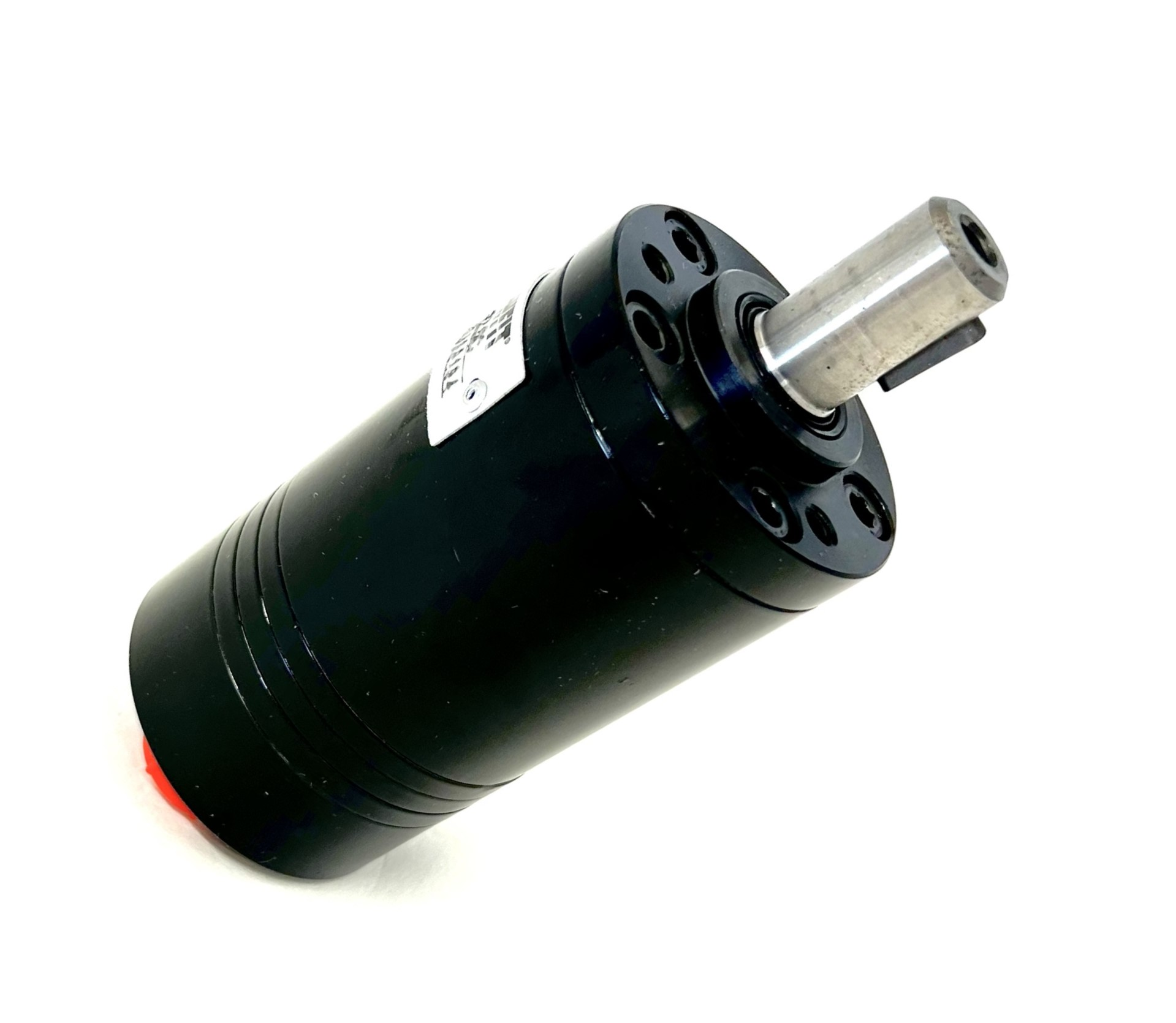
FFPM Motors - These motors are suitable replacements for Sauer Danfoss OMP motors. Designed for light-duty applications, the Compact FFPM motor with a Gerotor gearset provides an excellent speed range and efficient torque performance. Its high-pressure shaft seal enables use in both series and parallel configurations.
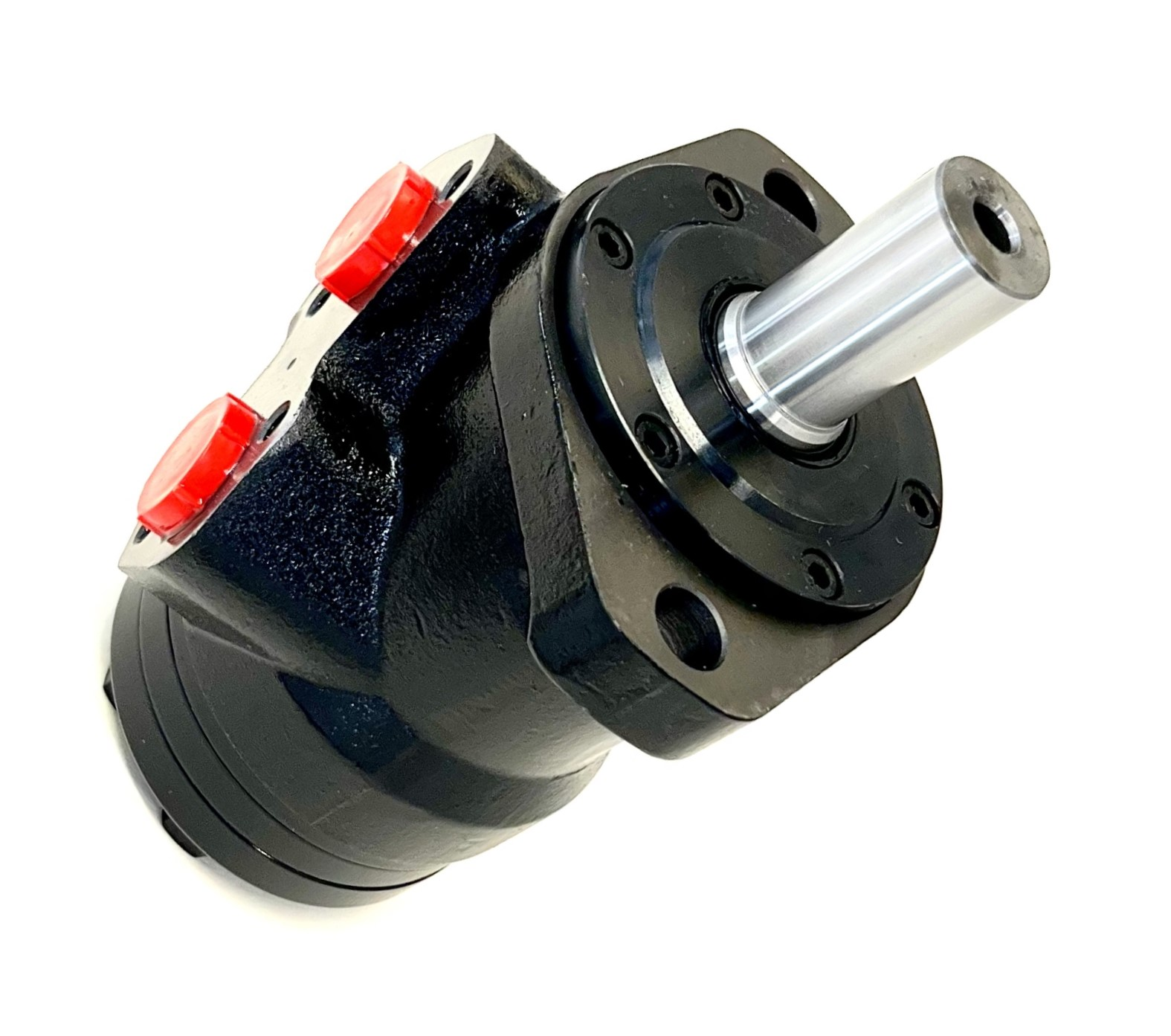
FFPRM Motors - These motors are suitable replacements for Sauer Danfoss OMR motors. Similar to the FFPM motor, this option is also suited for light-duty applications but delivers comparable power at a much lower load. It is commonly used in agriculture, forestry, plastic moulding, and machine tools.
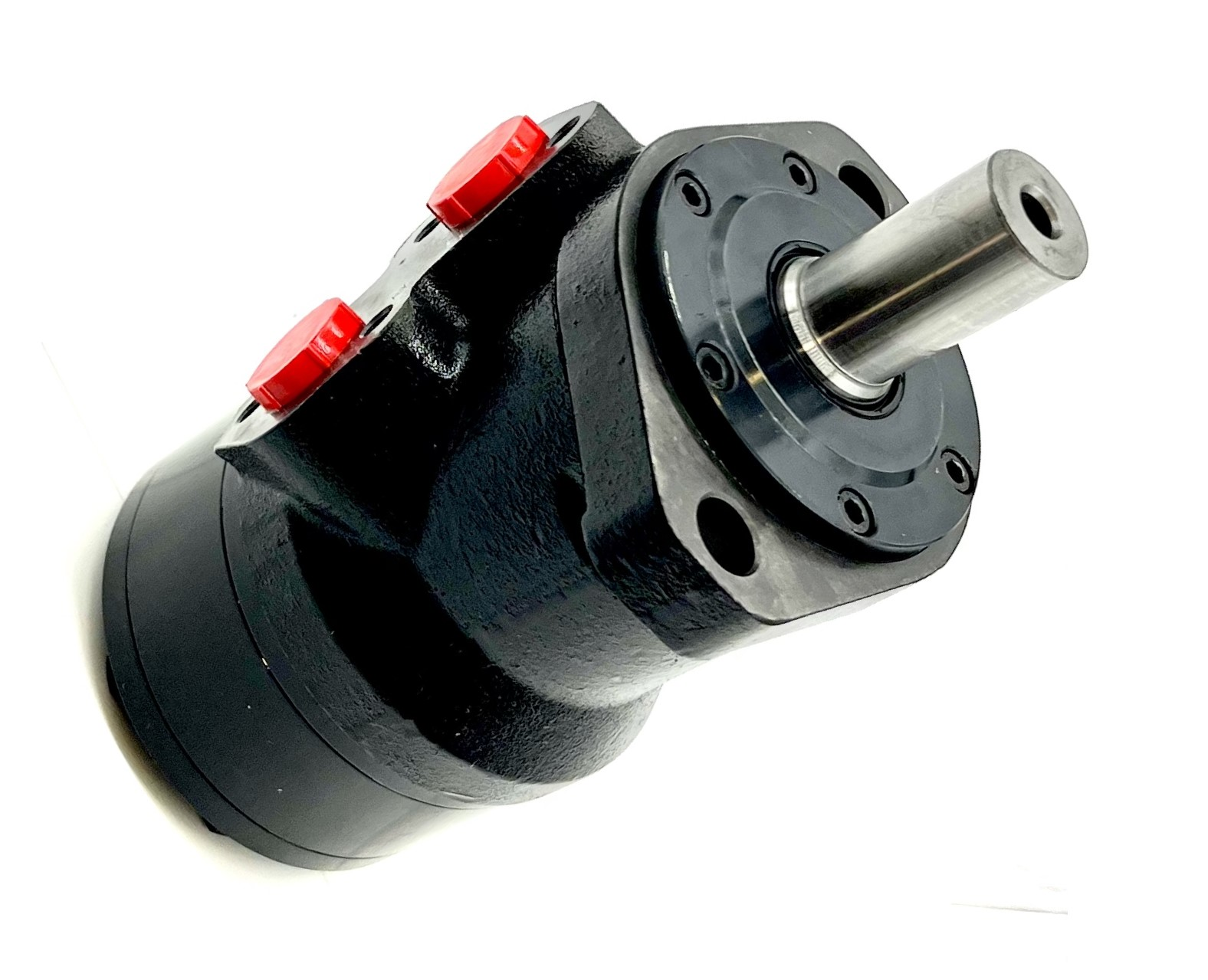
FFPMH Motors - These motors are suitable replacements for Sauer Danfoss OMH motors. Providing slightly more power than the FFPRM motor, this option operates at a lower load and supports a higher flow rate, allowing for increased speed and torque when needed.
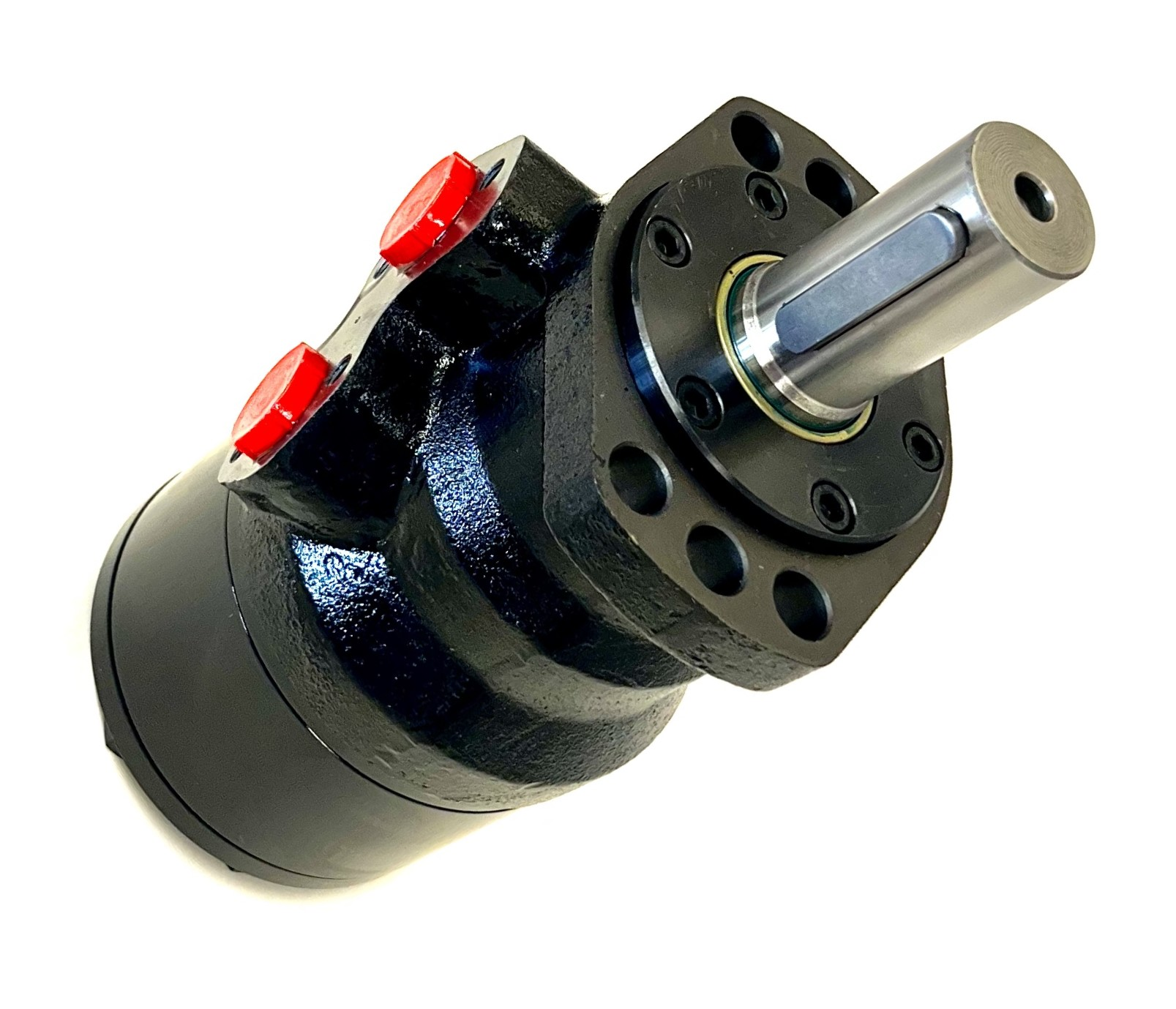
FFPMS Motors - These motors are suitable replacements for Sauer Danfoss OMS motors. The FFPMS motors are engineered for tough operating conditions and commonly used in industries such as fishing, agriculture, mining, and construction.
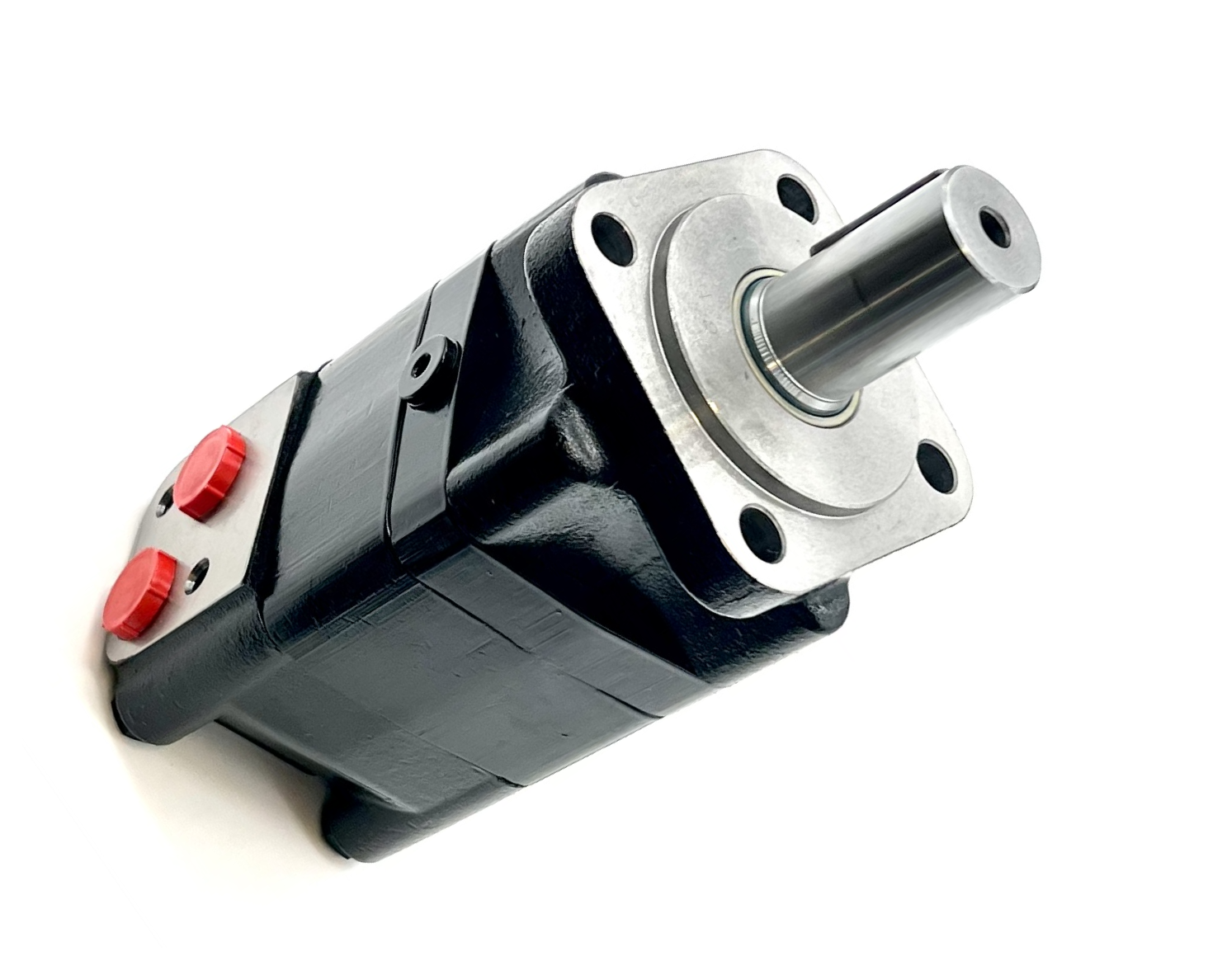
FFPMT Motors - These motors are suitable replacements for Sauer Danfoss OMT motors. The FFPMT motor combines durability with a compact design, delivering excellent starting and operating torques. Its strong radial and axial bearing capacity allows for high flow rates and pressure, making it suitable for a wide range of applications.
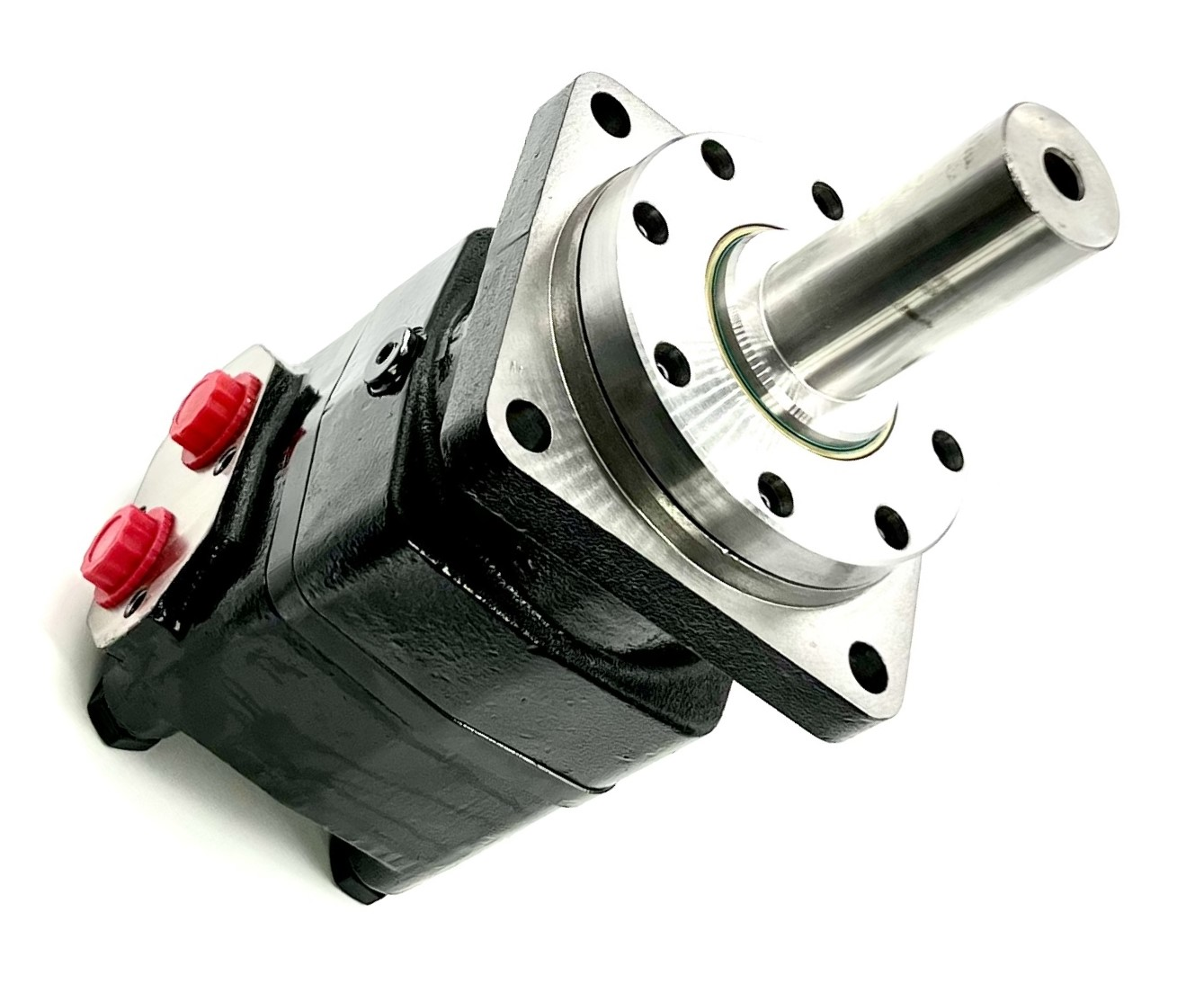
FFPMV Motors - These motors are suitable replacements for Sauer Danfoss OMV motors. The FFPMV is our most powerful low-speed, high-torque motor in our range.
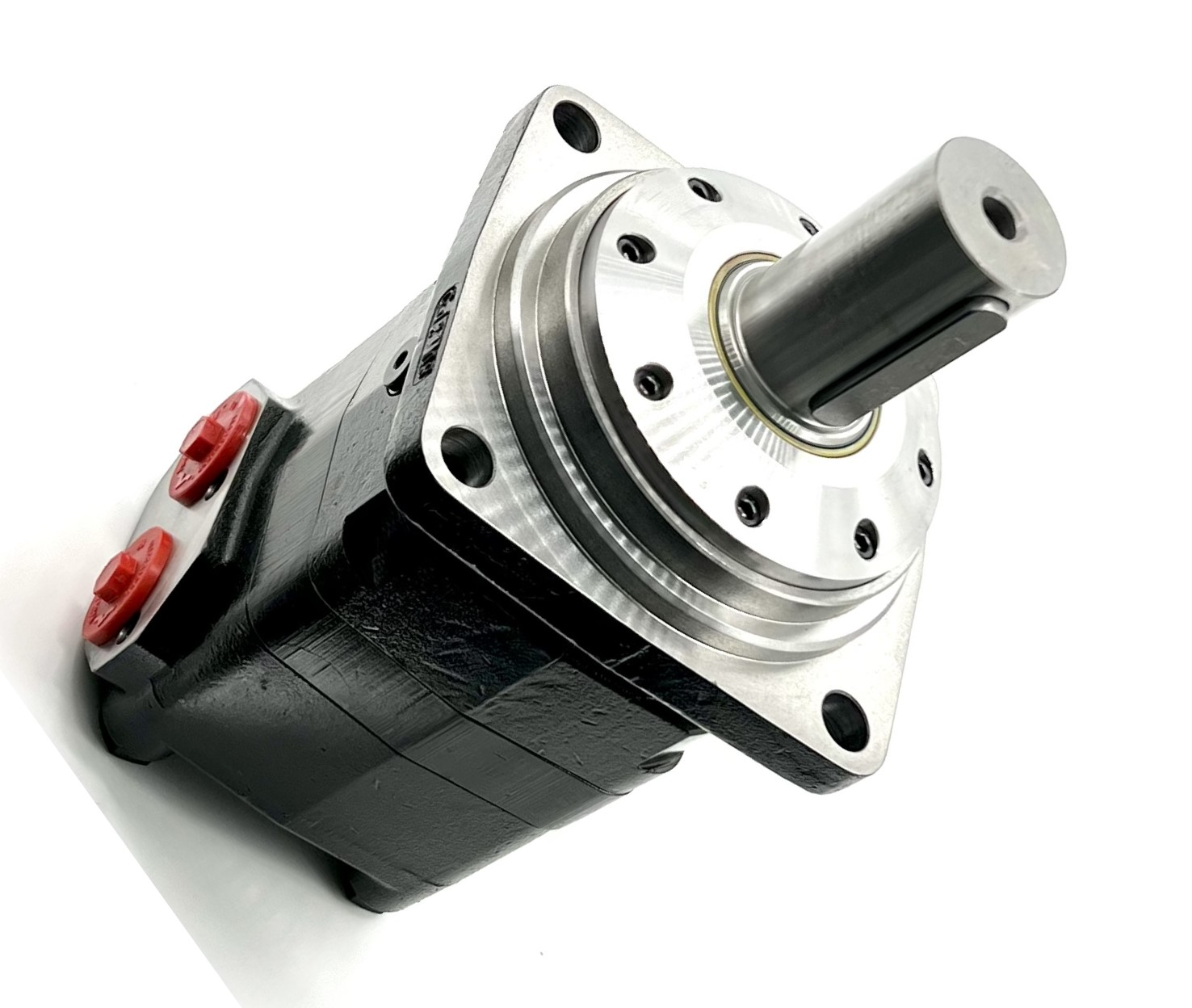
Flowfit: A One-Stop Shop For Hydraulic Motors
Our selection of hydraulic gear motors is thoughtfully designed to deliver high-quality models tailored to your specific requirements. With exceptional performance and reliable consistency, our products offer unparalleled value. Each component undergoes rigorous inspection to ensure it meets the highest standards, so you can trust that any motor you buy from us will meet or even surpass your expectations.
Contact us today to speak with one of our hydraulic specialists and explore your options. You can also shop for hydraulic motors directly through our website.
The total one-stop supplier for hydraulic components & systems
Get in touch
Parys Road
Ludlow
Shropshire
SY8 1XY








